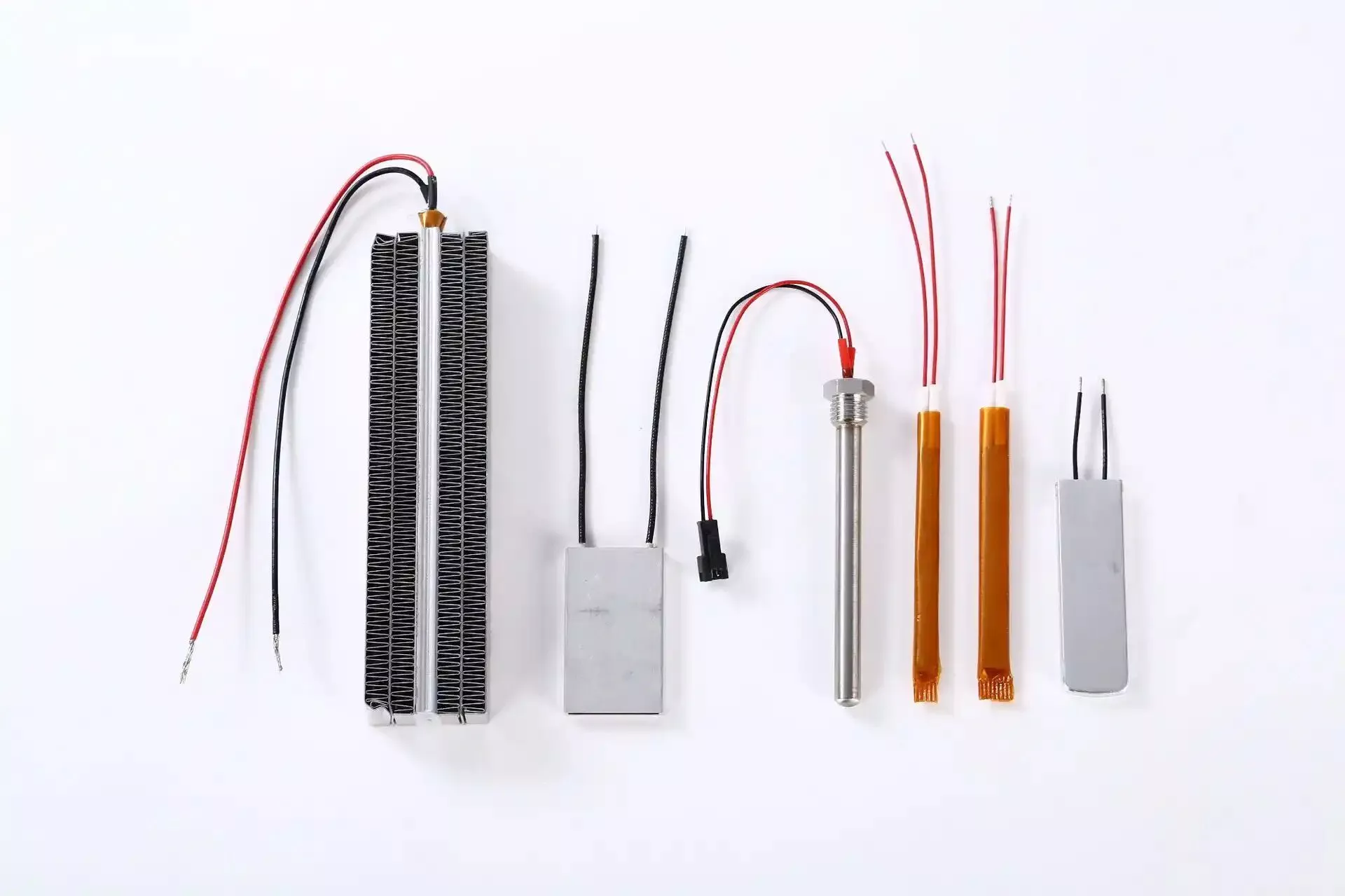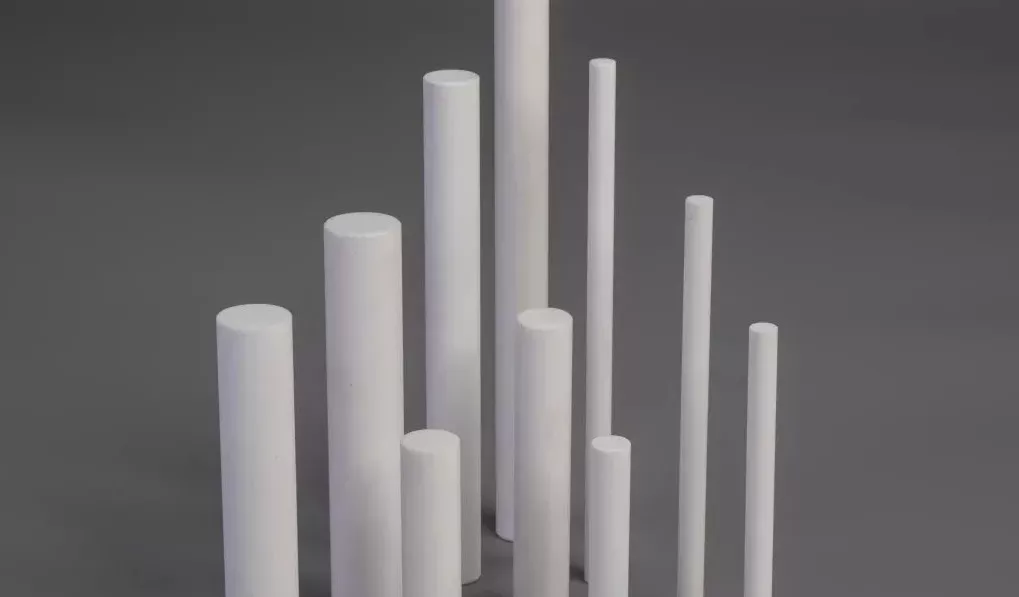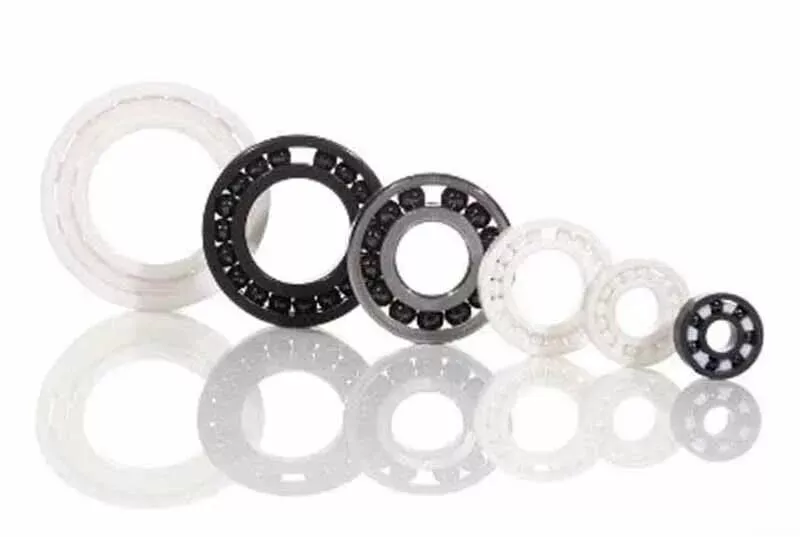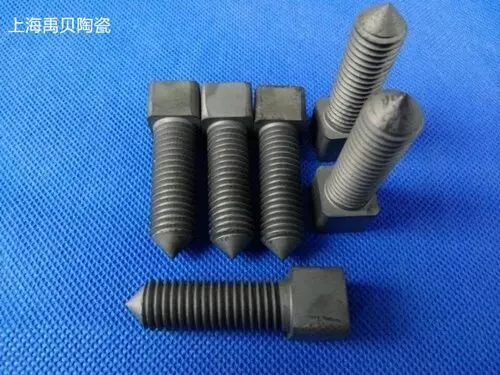foreword
The development of human economy and society inevitably requires the support of non-renewable resources such as oil, coal, and natural gas. While bringing economic benefits, it is accompanied by a series of side effects such as air pollution, geological disasters, and water quality damage. How to reduce the development of non-renewable energy and develop new pollution-free energy has become an urgent problem in the production process of today's society.
Solar energy is an inexhaustible high-quality energy source, and it is a great benefit to use it rationally to realize energy conversion and put it into production. This paper makes a partial introduction to the application examples of advanced ceramics, a new type of material, in solar thermal power generation systems so far:
1. Successfully developed ceramic sheets that can reduce the fixed cost of heliostats in photothermal power stations by 20%
Chengdu Jieyang Power Device Co., Ltd. has successfully developed reflector ceramic sheets suitable for various photothermal technology routes such as trough type, tower type and butterfly type by virtue of years of production and research and development of power device products.
The main component of this reflector ceramic sheet is talc porcelain, and its main function in tower type, butterfly heliostats and trough collectors is to install and fix (in the past, metal back plates were mostly used as reflectors and trough collectors) fixed layer between heliostat/collector brackets).
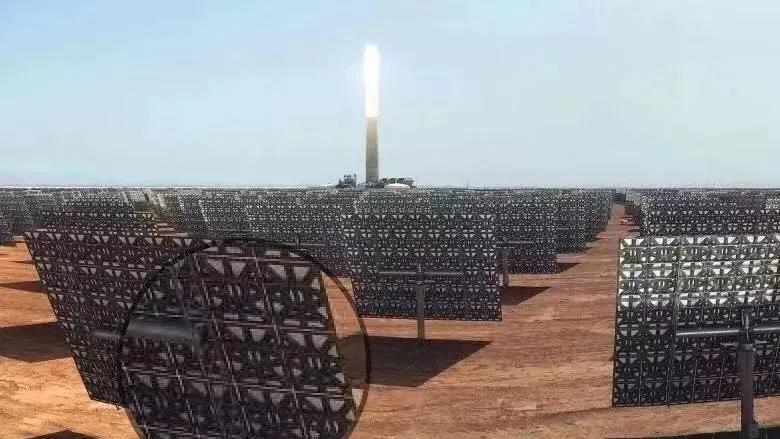
Figure: Fixing with a metal backplate
Because the entire production and installation process of the solar thermal power station not only needs to be equipped with molds and professional stamping equipment, but also requires additional processing steps such as pickling and galvanizing on the back plate.
In addition, the connection between the backplane and the reflector needs to be glued on the backplane, and the amount of glue used is also large. Therefore, the produced backplane is also extremely vulnerable to the influence of the surrounding harsh environment and accelerates oxidation and corrosion.
If it is used for a long time in the area with heavy acid and alkali in the northwest, the iron plate and aluminum plate will cause oxidation, and it will also affect the silver layer, paint, and silica gel after a long time.
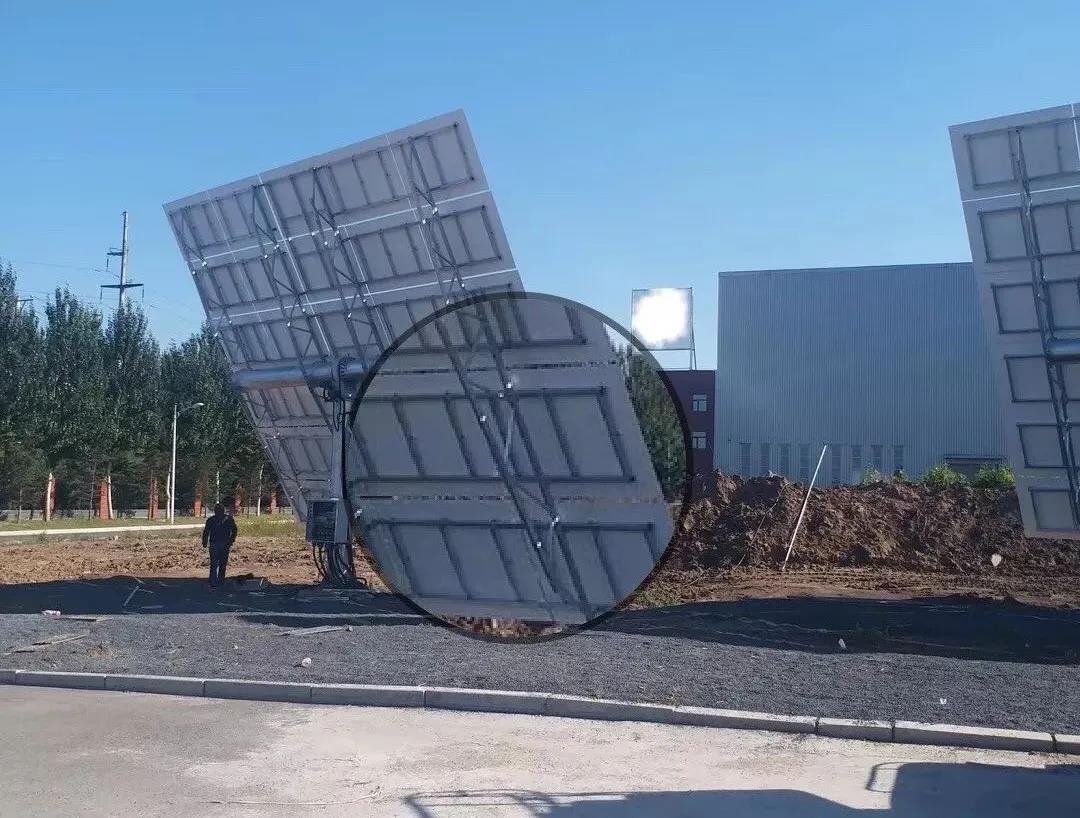
Figure: Fixing with ceramic sheets
However, the use of ceramic sheets effectively avoids the above problems: when using ceramic sheets to assemble, only a few points are needed to fix them, and it does not need to occupy as large an area as a metal backplane. It is very convenient to rely on robotic bonding, which improves installation efficiency. At the same time, the cost is also greatly reduced.
In terms of product quality, in addition to the characteristics of wear resistance, high temperature resistance, and corrosion resistance, according to calculations, using ceramic sheets instead of metal back plates for the installation of heliostats/collectors can achieve At least 20% cost saving space.
It is reported that this product has reached a cooperative relationship with a large number of domestic and foreign mirror manufacturers and energy companies, and has been commercialized in some projects.
2. The tower photothermal technology using ceramic particles as heat transfer and storage medium will be applied in practice for the first time
Researchers at the German Aerospace Center (DLR) are cooperating with international partners to jointly develop the EU project - High Storage Density Photothermal Power Project (HiFlex) for Flexible Energy Systems, which uses ceramic particles as heat transfer medium tower Solar thermal power generation technology, using DLR heat absorbers as the core components of the tower solar thermal power generation pilot project, provides uninterrupted and dispatchable energy for Barilla, the world's largest pasta producer.
It is reported that after the DLR heat sink is delivered to Italy in 2021, the solar thermal power generation project will start operation.
It is understood that the tower solar thermal power generation project is the core of the pilot system. There are about 500 movable heliostats to focus the sunlight on the heat absorber at the top of the heat absorption tower to heat the heat absorption medium;
The medium used in the heat absorber is ceramic particles with a diameter of only 1 mm. After the ceramic particles are heated to a temperature of 1000°C, the high-temperature particles are stored in an insulated storage tank.
When electricity or heat is used when needed, the heat stored in the granular ceramics is used to generate steam for power generation or industrial process heating.
This storage method means that solar thermal power plants can provide energy at night. Once the ceramic particles have released their thermal energy and cooled down, they are transferred to a second storage tank and sent to a heat sink for reheating.
And storing excess energy in the form of ceramic particles could also improve grid stability and compensate for power fluctuations; ceramic particles store heat much more cost-effectively and efficiently than batteries store electricity.
3. Scientists use ceramic metal composite sheets to reduce the cost of solar power generation
Purdue University in the United States has developed a new material and manufacturing process that can store solar energy as heat and generate electricity more efficiently in an effort to narrow the cost competition between solar power and fossil fuel power. This material is called a ceramic-metal composite plate, which is made of ceramic zirconium carbide and metal tungsten.
The value of developing this material is that normal concentrated solar power plants convert solar energy into electricity by using mirrors or lenses that concentrate a lot of light into a small area, which creates heat that is transferred to molten salt.
The heat from the molten salt is then transferred to a "working" fluid, supercritical carbon dioxide, which is expanded and used to spin a turbine to generate electricity. To make solar electricity cheaper, turbine engines need more heat to generate electricity.
And the heat exchangers that transfer heat from the hot molten salt to the working fluid are currently made of stainless steel or nickel-based alloys that become too soft at the higher temperatures and high pressures of supercritical carbon dioxide required.
It is reported that ceramic-metal composite plates can be customized to successfully withstand the high temperatures required to generate high-pressure supercritical carbon dioxide electricity more efficiently and at a lower cost than today's heat exchangers.
As the technology is perfected, eventually, the technology will allow renewable solar energy to infiltrate the grid at scale, substantially reducing CO2 in chemical electricity production.
Declaration: This article is provided by CERADIR™ users or obtained from Internet, the content does not represent the position of CERADIR™. We are not responsible for the authenticity/accuracy of the article, especially the effects of the products concerned. This article is for study only, it does not constitute any investment or application advice. For reprinting, please contact the original author. If it involves the copyright and/or other issues, please contact us and we will deal with it asap! CERADIR™ has the interpretation of this declaration.




